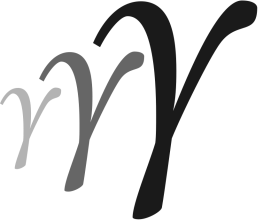Experiences with Physics-Informed Neural Networks for Optimal Control Problems
DOI:
https://doi.org/10.14464/gammas.v7i1.813Keywords:
optimal control, physics-informed neural networks, adaptive loss weightingAbstract
Neural networks can be used to parametrize solutions of partial differential equations (PDEs). Specifically, physics-informed neural networks (PINNs) have gained popularity since they do not require numerically simulated or experimental data for training. It is straightforward to use PINNs to represent not only a single PDE solution but parameter dependent families of solutions. On the other hand, PINNs are reported to experience limited accuracy as well as convergence issues during training. In this work, we give an account of our experience in using PINNs to solve a simple family of PDE-constrained optimal control problems dependent on the control cost parameter. We employ a straightforward approach by minimizing the pointwise residuals of the optimality system at random collocation points. In our experiments, we observe severe convergence problems during training, even in the fixed parameter setting, and attribute them to a bias in the multi-objective PINN training. We report on two techniques to overcome this issue: dynamic loss weights and hard-coding certain parts of the optimality system. The combination of these measures enables the PINN model to learn solutions to reasonable accuracy for individual parameter values within a range of several orders of magnitude. In an attempt to learn the entire parametric family of solutions, we increase the network size yet are unable to achieve the same accuracy as in the fixed parameter setting. This indicates that loss-weighting algorithms cannot completely overcome training bias.
Downloads
Published
How to Cite
Issue
Section
License
Copyright (c) 2025 Johannes Wagner, Evelyn Herberg, Roland Herzog

This work is licensed under a Creative Commons Attribution 4.0 International License.
You are free to share and adapt as long as you give appropriate credit, provide a link to the license and do not add restrictions. The copyright remains with the author.
For more informations please read the detailed License Agreement.


